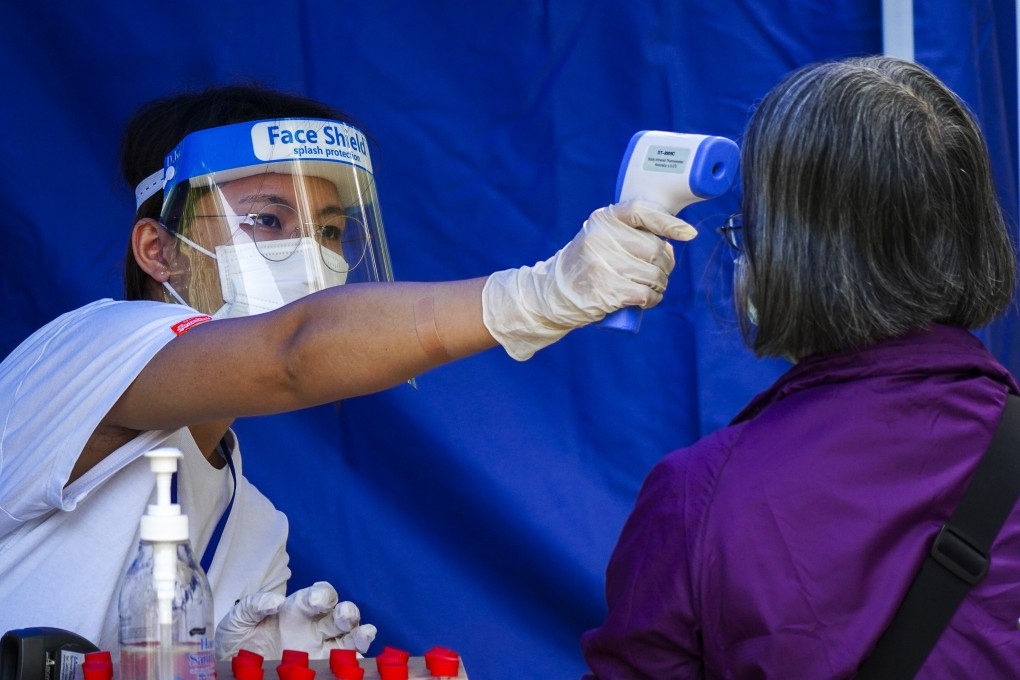Letters | Coronavirus vaccine: questions Hong Kong must answer to ensure a smooth roll-out
- The successful mass testing of more than a million people in September showcased Hong Kong’s ability to enact scalable public health operations, but the authorities now need to strategise and manage operations across a more complex set of tasks

For example, how can we best gain public trust? Is this going to be a voluntary, voluntary and incentivised, or compulsory exercise? Will it be a government-run exercise? Can businesses mandate that their employees get a Covid-19 vaccine?
How should we identify and train workers to handle and administer vaccines, determine the location for administering shots for designated individuals, and schedule the shots? Besides health care workers, should the elderly with higher fatality rates be prioritised, or should we work on a first-come, first-served basis?
How should we ensure safe administration of the vaccine and availability of supplies? It is estimated that each worker performing vaccinations can only administer six doses an hour. How do we ensure adequate supplies of personal protective equipment?

02:23
Moderna Covid-19 vaccine nearly 95 per cent effective in second promising trial for US drug makers
How do we get people to return for a second dose of the vaccine, which is required by all but one vaccine candidate?